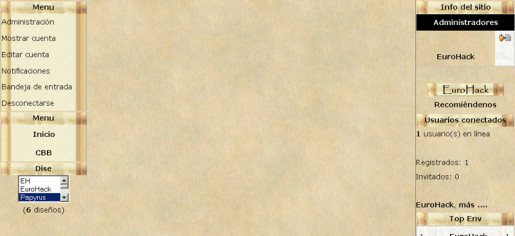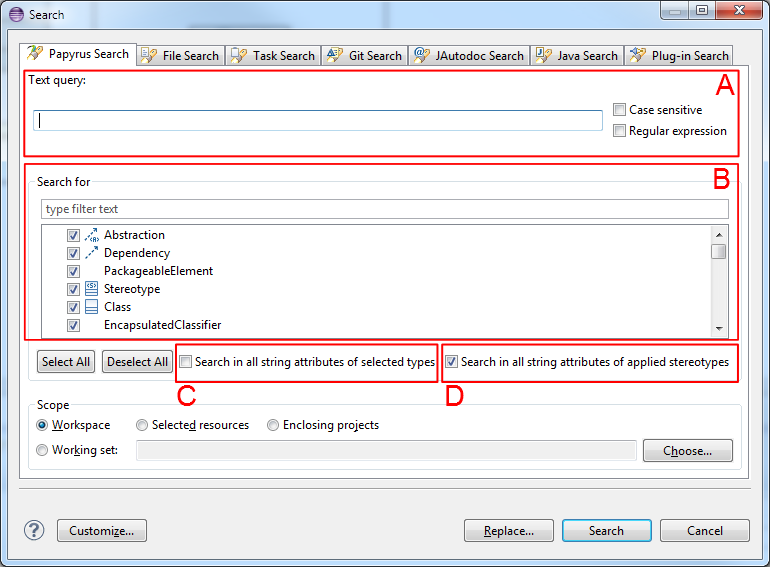

Morenz lists the Admonition of Ipuwer under the genre "Prophetic texts, Lamentations" in his book, Egypt's View of Its Past (Encounters with Ancient Egypt), (2003) p. 103. Although these sections of the poem are badly damaged, they debate the causes of evil and chaos in the world, and the balance between human and divine responsibility for them this dialogue forms one of the oldest examinations in world literature of the question of theodicy. The later passages of the poem contain a dialogue between two figures identified only as "Ipuwer" and the "Majesty of the Lord of All". This model in Ipuwer's poem was, "A king with an unsavory reputation probably provided the setting, now lost," Kemp believes.
#IPUWER PAPYRUS ONLINE FREE#
Recently, the poem has instead been interpreted by Egyptologist Barry Kemp to be an informal text from the Middle Kingdom that "dwells on the nature of a disordered world, making the king responsible for its cure," and belongs "to a tradition of limited free speculation at court" based on an unnamed, historical model. GenreĮgyptologist Sir Alan Gardiner translated the Ipuwer Papyrus into English in 1909, and believed that the text contained historical descriptions of current and past events: "The entire context from 1,1 to 10,6 constitutes a single picture of a particular moment in Egyptian history," he concluded, "as it was seen by the pessimistic eyes of Ipuwer." īoth the Exodus and Thera interpretations (which can be combined with each other, and sometimes are) interpret the poem to record a historical event, which is disputed by some Egyptologists.

The admonitions are thought to harken back to the First Intermediate Period and record a decline in international relations and a general impoverishment in Egypt. Modern research suggests that the papyrus dates to the much later 13th dynasty, with part of the papyrus now thought to date to the time of Pharaoh Khety, and the admonitions of Ipuwer actually being addressed to the god Atum, not a mortal king. Fecht showed through philological interpretation and revision of the relevant passages that this is indeed a discussion with a deity. Otto was the first to suggest that the discussion was not between Ipuwer and his king, but that this was a discussion between Ipuwer and a deity. The admonitions may not be a discussion with a king at all however. The theme of this work had previously been taken either as a lament inspired by the supposed chaos of the First Intermediate Period, or as a plea to Pepi II Neferkare depicting the fall of the Old Kingdom. 1850 BCE-1600 BCE), and appears to describe how the Hyksos took over Egypt. The dating of the original composition of the poem is disputed, but several scholars have suggested a date between the late 6th dynasty and the Second Intermediate Period (ca.

The papyrus itself (Papyrus Leiden I 344) is a copy made during the New Kingdom of Egypt. The date for the composition of this document is unknown.


 0 kommentar(er)
0 kommentar(er)
